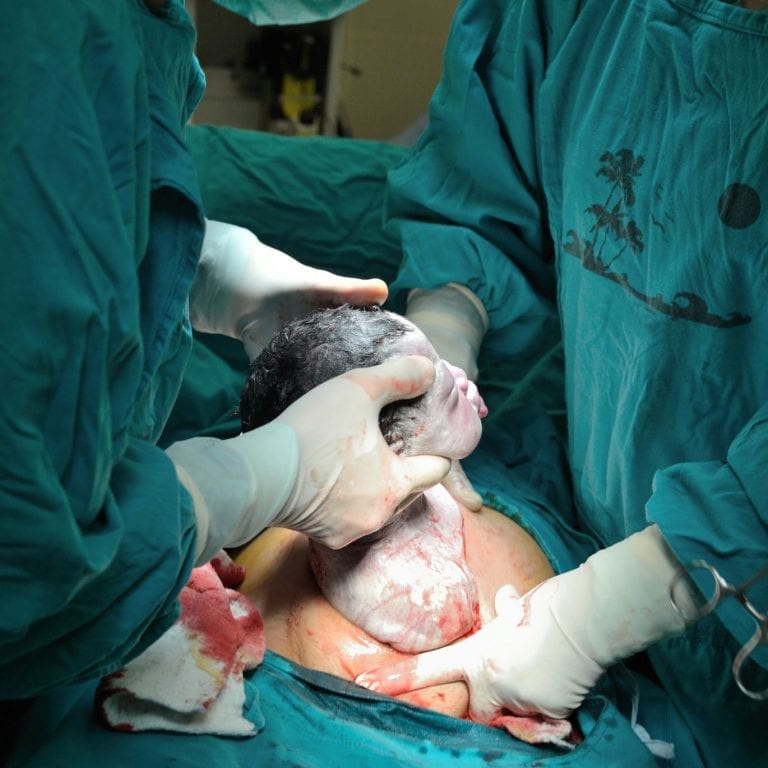Maybe your first baby was born by cesarean and you’ve been told “once a cesarean, always a cesarean.” Or you’ve read about the recent push by obstetricians in the U.S. to have women avoid or delay a “first cesarean” as once you have one, you’re more likely to continue to need to birth this way with future pregnancies.
But your question lingers—“even if I’ve had a cesarean, can I still try to birth vaginally, what’s commonly called normal birth?”
The Vaginal Birth after cesarean debates
You’re not the only one with questions. The benefits and harms of choosing cesarean birth without a medical reason, repeat cesarean birth, and vaginal birth after cesarean (VBAC) are under vigorous debate by experts and women alike.
- One third—33%—of all births in this country are via cesarean. Federal experts advise that this is far more cesarean births than is needed, especially in light of taking on the short-term and long-term risks of cesarean as compared to normal birth when cesarean isn’t medically needed. In fact, the goals of Healthy People 2020 are national cesarean rates of:
- 24% among women with low-risk pregnancies who have never had a cesarean birth
- 82% among women who have had a cesarean birth before. Currently more than 90% of women who have birthed via cesarean continue to do so
- Despite recommendations from the American College of Obstetricians & Gynecologists (ACOG) about the safety of trying a vaginal birth after cesarean, fewer women are doing so. 20 years ago,
- 30% of women who had had a cesarean later birthed a baby vaginally. Today, fewer than 10% do.
Experts agree that it’s healthy best to birth normally, and for most women this is possible, even women who have had a cesarean. Getting the right information, that is based on research, to help you make decisions about normal birth after cesarean is important.
Exploring the Evidence for Normal Birth after Cesarean
Evidence suggests that the benefits of vaginal birth after cesarean (VBAC) outweigh risks when a previous cesarean was done as a lower uterine transverse incision, and in women who otherwise have no problems that would prevent them from birthing normally.
Benefits of VBAC include:
- shorter recovery time
- less blood loss
- fewer infections
- fewer problems with blood clots
- lower rates of injury, illness or death than with cesarean
If you want a larger family, VBAC may help you avoid some of the future consequences related to multiple cesarean births including:
- hysterectomy
- bowel or bladder injury
- transfusion
- infection
- problems with the placenta in future pregnancies
In 2010, the doctors of ACOG recommended that most women with one previous cesarean birth with a low transverse incision can consider vaginal birth after cesarean birth, and that their pregnancy care providers should discuss their unique pregnancy circumstances and offer this option to them when possible.
That’s not to say there aren’t risks to VBAC; there is the small but important risk of uterine rupture, and that risk increases with the number of previous cesarean births a woman has had.






Comments are closed.